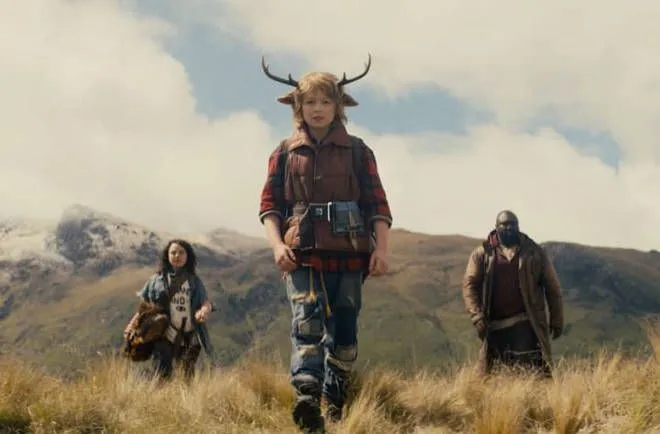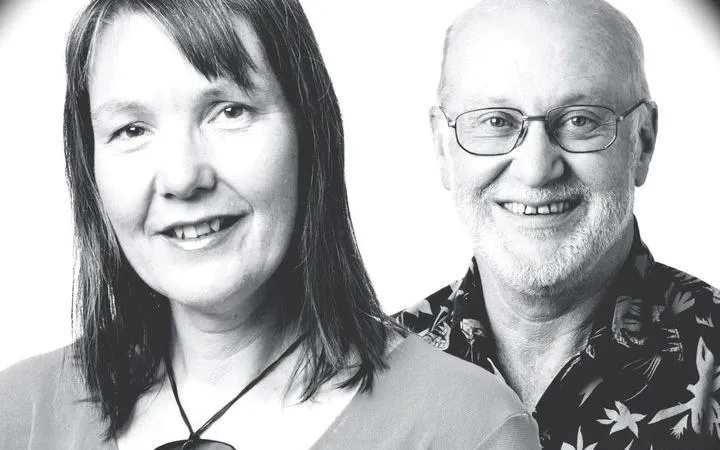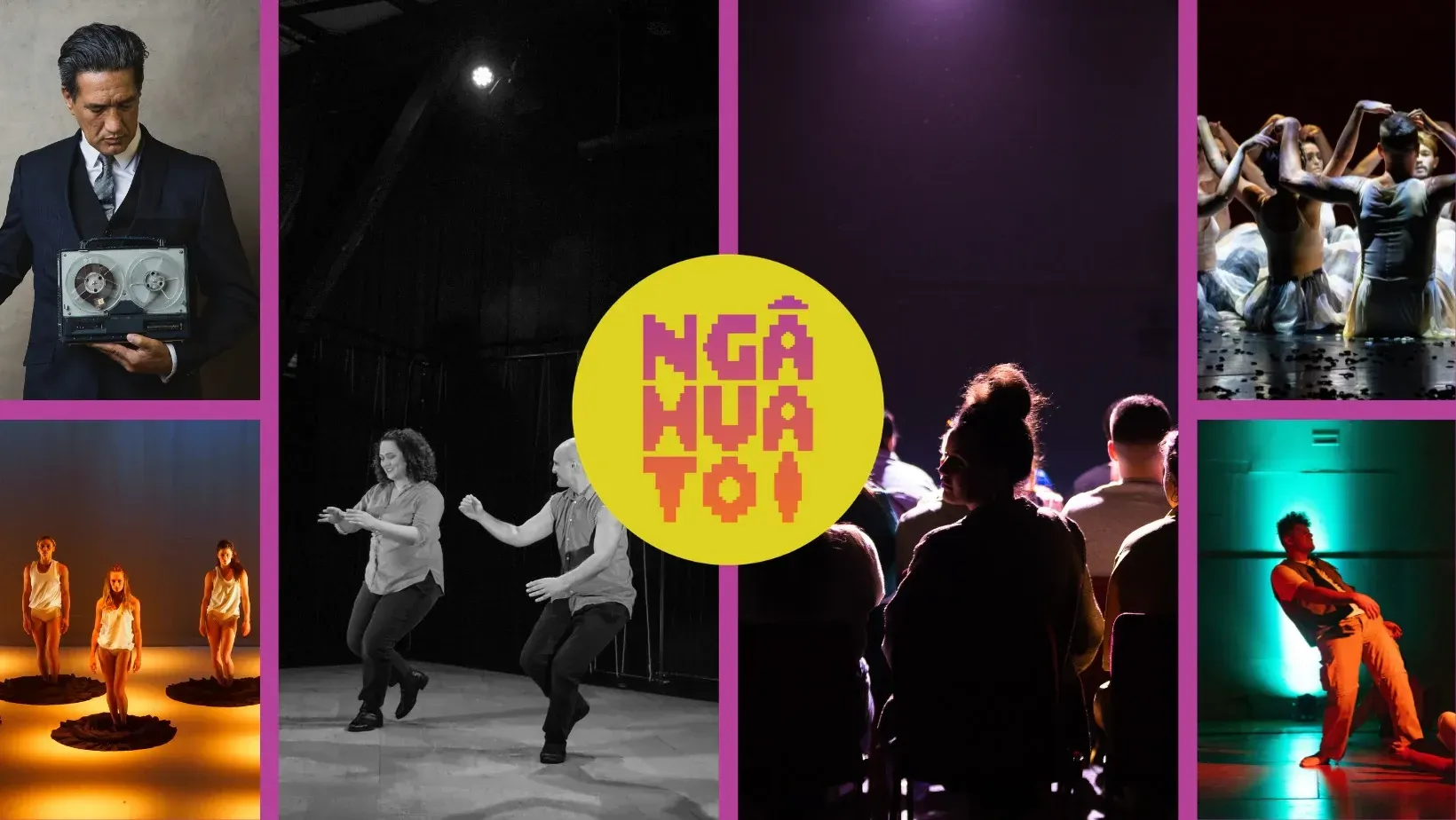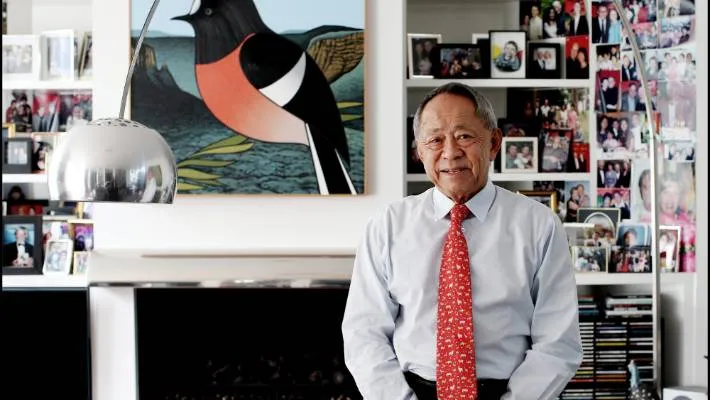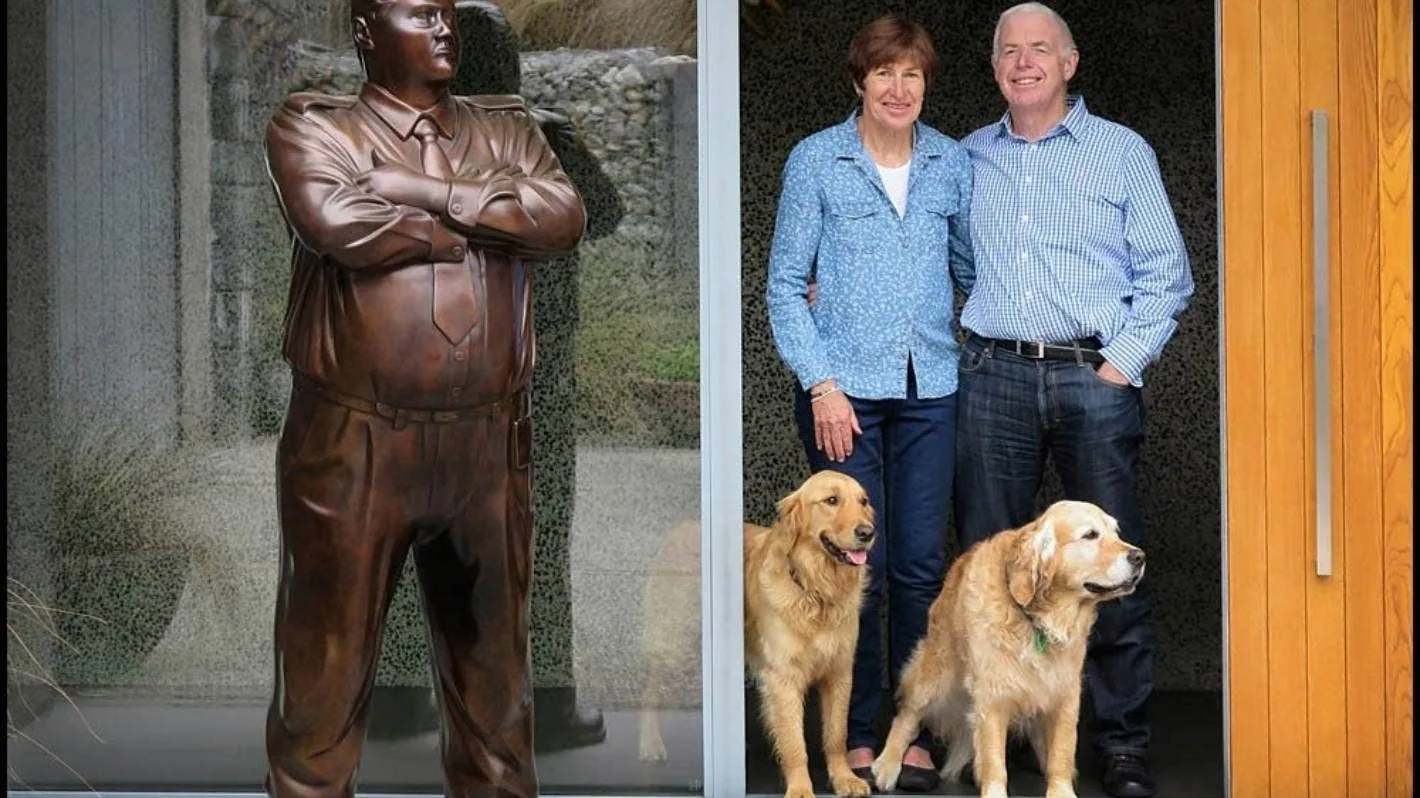The People Have Spoken: Fund the Arts

Arts advocates and organisations making public pleas to be spared the funding axe has become one of the unfortunate trends in the Lowdown in the past year.
With COVID forcing many local councils and funding organisations to tighten their belts or “reassess their priorities”, public funding for creative endeavours has been in danger of slipping back into the lazy paradigm of “nice to have.”
But there are now cold hard stats to confront this stance.
The release of Creative New Zealand’s extensive New Zealanders and the Arts – Ko Aotearoa me ōna Toi survey (broken down here on The Big Idea) is almost an overload of information covering more areas than ever before.
Among the findings it has laid bare: New Zealanders believe that the arts should be funded.
It’s a level of support not seen before in the previous 15 years of the triennial survey.
Three out of five adults agree that the arts should receive public funding (60%; up 7% from 2017) - and perhaps more to the point - just 14% disagreed with the question.
Another key result - just over half of us agree that our local council should give money to support the arts (54%; up 7%). Again, only 19% of those survey indicated they had a problem with that notion.
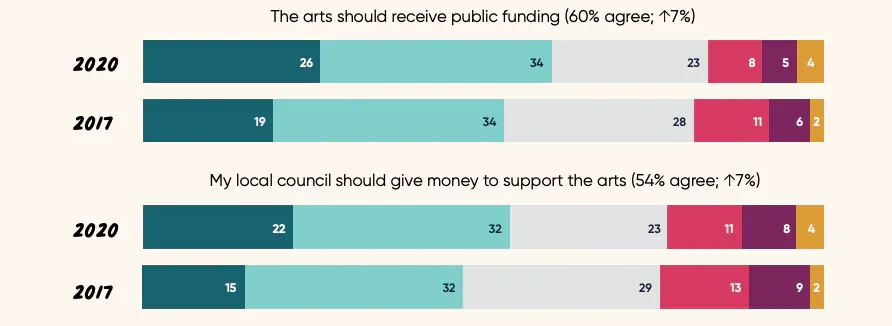
The numbers don't lie - statistics from the latest CNZ survey. Image: NZers and the Arts survey.
With the feedback of 6600 New Zealanders aggregated for this research, that’s a sample size that will stand up against any other such research - the political polls you see on TV that become accepted and used to help determine who leads the country’s political parties are often around 1000.
The Lowdown asked the man who oversees this body of research, Creative NZ’s Senior Manager of Strategy and Engagement David Pannett about these results who admitted they surprised him in the current climate.
“It’s one of those questions where you’re never quite sure where the thinking is going to land. You hope it leads to a gradual acceptance and understanding of the benefits of the arts and public investment in the arts. It was fantastic to see, particularly with that pressure on local and central government. Those two topics (in the graphic above) were two of the biggest movers from 2017.”
With so many art offerings being intangibles like the impact on wellbeing and sense of connection - having fresh research is something that those who make the call on funding (or defunding) creative activity will find harder to ignore, making these stats a weapon for organisations and practitioners to arm themselves with to make their proposals more persuasive.
Pannett continues “the results shine a light on how people are feeling. I think it’s very easy for decision-makers to work off their own understandings and preferences, say ‘I think I know what people are saying to me and in general’.
“I think it’s definitely something that people can use, they can point to it and say ‘hey here’s how people in our community are feeling, we’ve got some data that backs up and holds up that you should be listening to when you think about the level of support you give to the arts’.
“There’s great power in that type of data to accompany telling a great story about how the arts are changing people's lives, which is also super important.”
University of Auckland Creative Arts senior lecturer Dr. Mark Harvey told Stuff this week that this research emphasised the need for more long-term, sustainable funding for artists, following models like that of Finland.
“We could very much do something like this ... investing in things like lotteries is not going to cut it,” Harvey said. “We shouldn’t be treating artists as surplus capital or surplus labour ... this adds weight to the argument to do much more for the arts to make it more sustainable.”
So get hold of this survey, memorise these stats and search out the others that are pertinent to your creative enterprise. The creative sector has so many negative statistics like how artists are underpaid and is neglected compared to other industries.
Perhaps these latest numbers can be used to create change in those sadly familiar ones.
Winners and losers in $6m of funding
Speaking of public funding - the first batch of recipients were named on Wednesday for Manatū Taonga Ministry for Culture and Heritage’s Te Tahua Whakakaha Cultural Sector Capability Fund.
But like all contestable funding opportunities, it hasn’t been without its frustrations and disappointments.
Part of the $374 million Arts and Culture COVID Recovery Programme, The capability fund is described as supporting the sector “to adapt and respond to the challenges of COVID-19 by funding projects that build skills and knowledge, and provide access to advice, services, tools and resources. ”
And that’s been done to the tune of about $6 million with this first group of 39 recipients (you can see the full list here).
There are 20 organisations that received seed funding of up to $20,000 to research proposals for the second round of funding due in early November.
As for the first round of project funding - 19 organisations were successful, with applications accepted of up to $750,000.
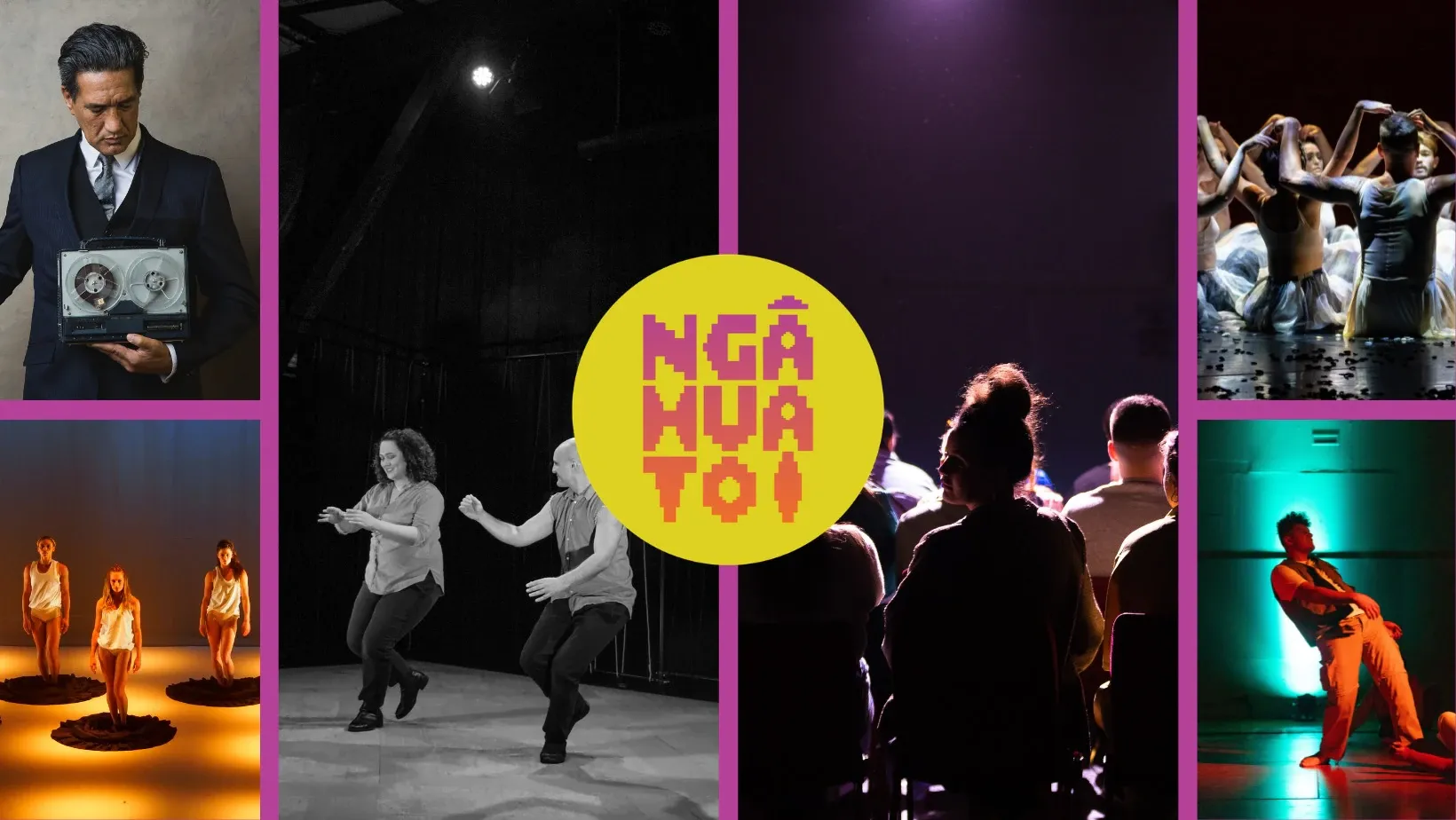
The biggest grant paid out was to Wellington’s Ngā Hua Toi, who have been backed with $627,660 for “a programme of national and regional services to build capability and sustainability for the contemporary independent Māori theatre and dance sector.”
While there will be celebrations for those who had their ticket punched, the process was far from smooth or successful for many others.
One organisation that felt hard done by contacted TBI to show the other side of the funding process.
They wrote “we received a little feedback which suggested to us that they hadn't read or understood the application. After requesting a phone call, I asked the MCH staffer to explain the meaning of the feedback as it seemed nonsensical to us. He couldn't.
“He acknowledged that since the time of advertising the fund they had continued to refine their concept/requirements for Capability and what officers had told me in late 2020 may not have been appropriate in 2021!
“I pointed out that their priorities/concept of Capability was prescriptive and seemed based on assumptions about an analogue world whereas the fund was to assist organisations in a pandemic/digital world. He did not disagree.
He referred us to the Innovation Fund, having been previously told by MCH staff the Capability Fund was the one for us!”
While no one can deny the Recovery Programme is a welcome part of the post-COVID landscape, perhaps there are still teething problems to be worked out.
Two of the best
Two men who provided so much support to the arts world are being remembered this week.
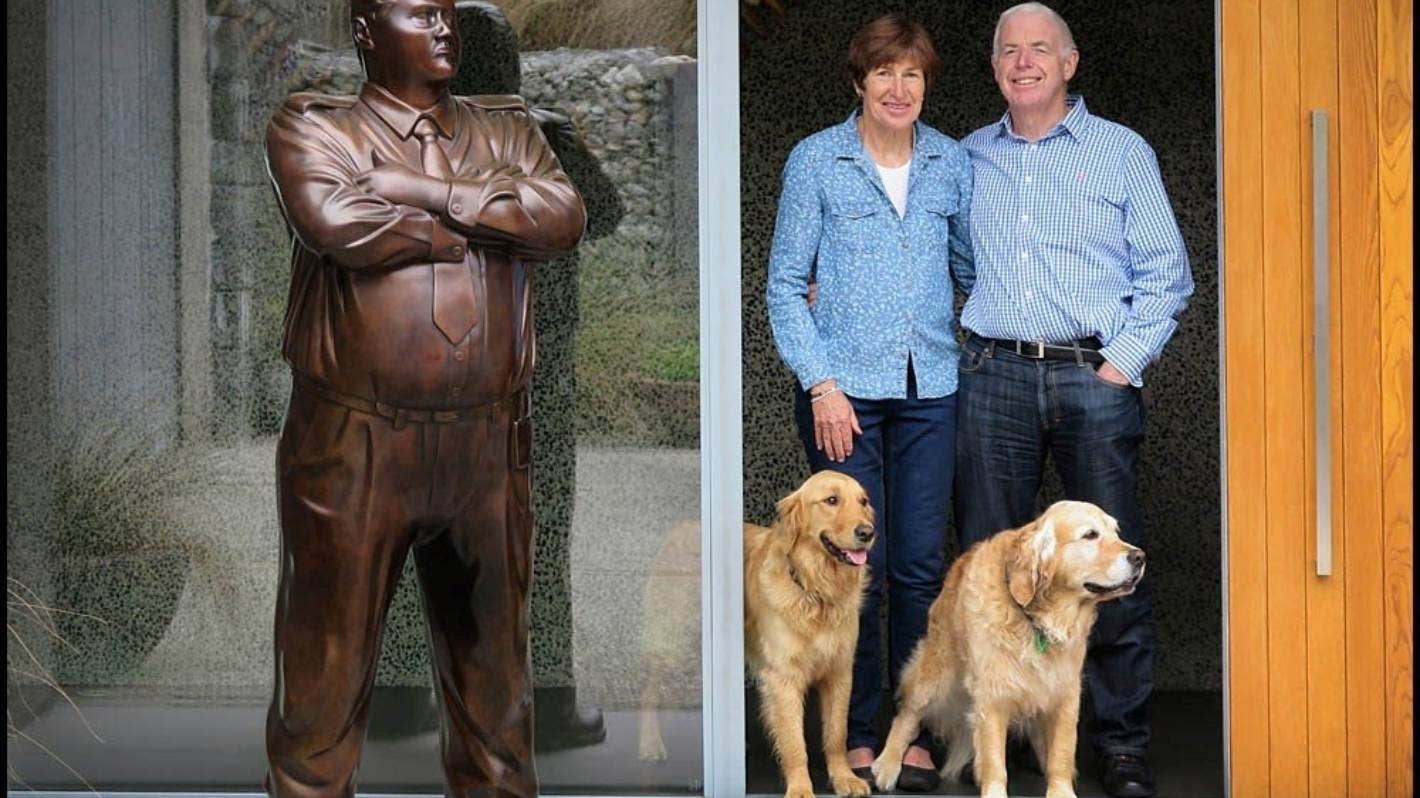
Sir Eion Edgar and Lady Jan Edgar. Photo: Supplied.
Sir Eion Edgar leaves - as Stuff declared - “an enormous legacy” across so much of Aotearoa after passing away, aged 76. The education sector remembers him as a former chancellor and pro-chancellor of Otago University, the business world as a rich lister and key figure behind investment firm Forsyth Barr, and the sports fraternity as the provider of history-making closed roof stadiums and NZ Olympic Committee president.
For the arts, he was “one of New Zealand’s greatest and hardest working philanthropists”, in the words of Simon Bowden, former Executive Director of the Arts Foundation.
Bowden shared his thoughts on Sir Eion’s cultural impact in a Facebook post. “There are some people that are good at navigating the world, weaving their way through the known. Others go a step further, with every step they take, they create the world. Eion is a world creator.
“A founding Trustee of The Arts Foundation, Eion served for over nine years. I was director from 2002 to 2019, and I loved it. I loved it because we did wonderful things for the arts, and because of the people that I worked with. We were a team, with ambition and heart. Eion was at centre of the culture we created, with deep and vital contributions that have transformed the relationship New Zealand has with its artists.”
Bowden highlights Sir Eion’s generosity, commitment, humanity, trust and honesty. “The arts are grateful, and I am a much better and wiser person because of you.”
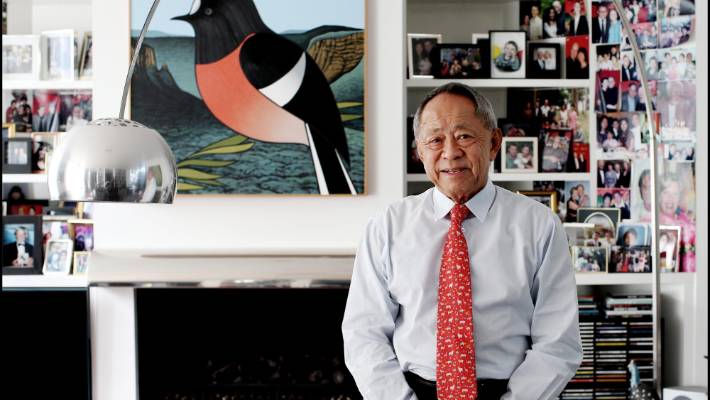
Ron Sang. Photo: David White/Stuff.
We're also saddened by the news of Ron Sang's passing at 82. A renowned architect, Ron's had a huge impact on Aotearoa's creative community, as an avid collector and generous supporter of the New Zealand craft arts and contemporary fine arts.
Many consider his finest work to be Brake House in Titirangi, which has a Historic Place Category I rating and can be considered art by its own right.
His contribution included backing the publication of books featuring arts luminaries like Ralph Hotere, Greer Twiss, Pat Hanly and Michael Smither. He was also well known for his admiration for the pottery of the late Len Castle, owning more than 100 of his pots.
These two incredibly generous patrons will be sorely missed and remembered fondly.
Not your story to tell
Who owns a tragedy? Well, when Hollywood’s involved - sadly - all bets are off.
The announcement of the planned They Are Us movie, with ex-pat Andrew Niccol of Gattaca and Truman Show fame writing, producing and directing a movie centred on the Christchurch mosque terrorist attacks of March 2019.
The uproar of disapproval, particularly from and on behalf of the Muslim community in Aotearoa has already seen locally based producer Philippa Campbell step down from the project and apology for the hurt caused.
Among its biggest criticisms - of which there are many - is that the plot isn’t actually of those affected from the day it happened to this day by the tragedy. It is instead about Jacinda, to be played by Aussie star Rose Bryne. It’s described in the Deadline announcement as an “inspiring story about the positive impact, even in the darkest of moments, a strong leader can have on their constituents’ lives when they work from a place of compassion, love and an unwavering conviction to do what is right.”
As Saziah Bashir’s emotive opinion piece for RNZ states “To be clear, this is the peak Karen of film announcements.” She goes on to label the proposed film exploitative and in bad taste. “How is it okay for others to profit off our pain? How is it okay for Muslims to be de-centred from a story about their suffering? How can we celebrate this tragedy as something that was ultimately a triumph because someone got a pretty photo of Ardern in a hijab and it inspired some graffiti art and a light show in Dubai?”
Ardern has made it clear the story - if it’s to be told at all - is not about her. Christchurch Mayor Lianne Delzeil’s proclaimed the crew aren’t welcome in the city. The Muslim community are either refusing to work with the production or demanding more consultation. The producers who remain say they’re “devastated” by the response - imagine how the families of those killed or the survivors feel then.
As Christchurch documentary maker Gerard Smyth tells the NZ Herald, "I think if it was made in 30 years time, a film about a white saviour and not about the people who were devastated is just perpetuating the story about us and not about them."
With this many red flags and few supporters in the country already, it will be amazing if this film sees the light of day in its current form.
Taking the sweet with the sour
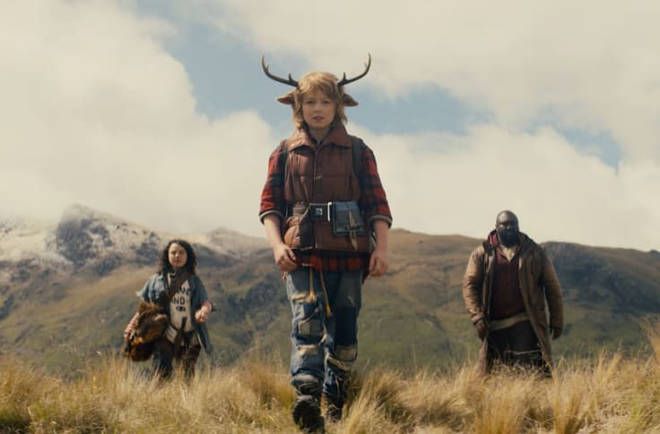
Stars of Sweet Tooth. Image: Netflix.
Another American-backed, locally produced product has had a far better response.
As anyone with a Netflix account will likely know by now, number one on the New Zealand charts and most others around the world is Sweet Tooth, a post-apocalyptic yet big-hearted series filmed here in Aotearoa based on a graphic novel.
Kiwi director Toa Fraser is featured on The Spinoff (originally on David Farrier’s Webworm newsletter) talking about the “freaky” parallels of making a series about a pandemic during a pandemic as well as his brave decision to expose his battle with Parkinson’s.
Actress Jodi Rimmer also talks through the Kiwi involvement, in front of and behind the camera, with RNZ’s Nathan Rarere.
Standing ovation
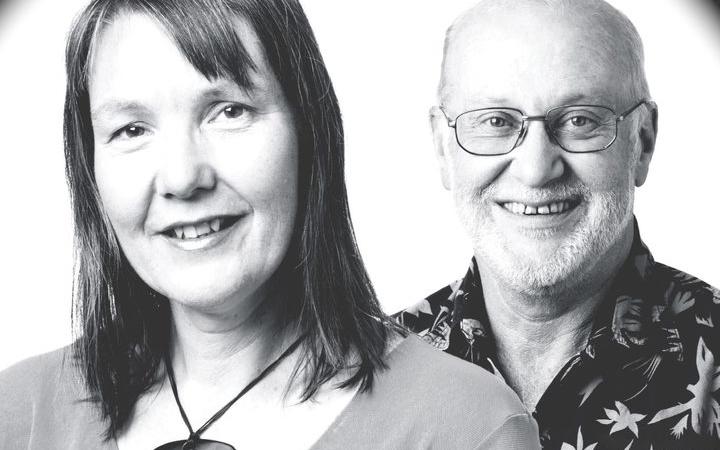
Lynn Freeman and Simon Morris Photo: supplied.
Speaking of RNZ, a special shout out to Lynn Freeman and the Standing Room Only team.
Last weekend, they celebrated 20 years of arts programming on the national broadcaster. What started out called What’s Going On has had several names over that time, but Freeman has been a constant throughout, playing a crucial role in bringing the work and the plight of creatives to light and producing a staple of many an art lover’s weekends.
Freeman and longtime producer/contributor Simon Morris reflect on the last couple of decades and among their guests for the milestone episode, Minister for Arts, Culture and Heritage Carmel Sepuloni goes in-depth on a range of issues, particularly the response for the sector post-COVID and initiatives like the Creative Careers Service.
Got arts news you think should be in the Lowdown? Send your details and tip-offs to editor@thebigidea.co.nz

